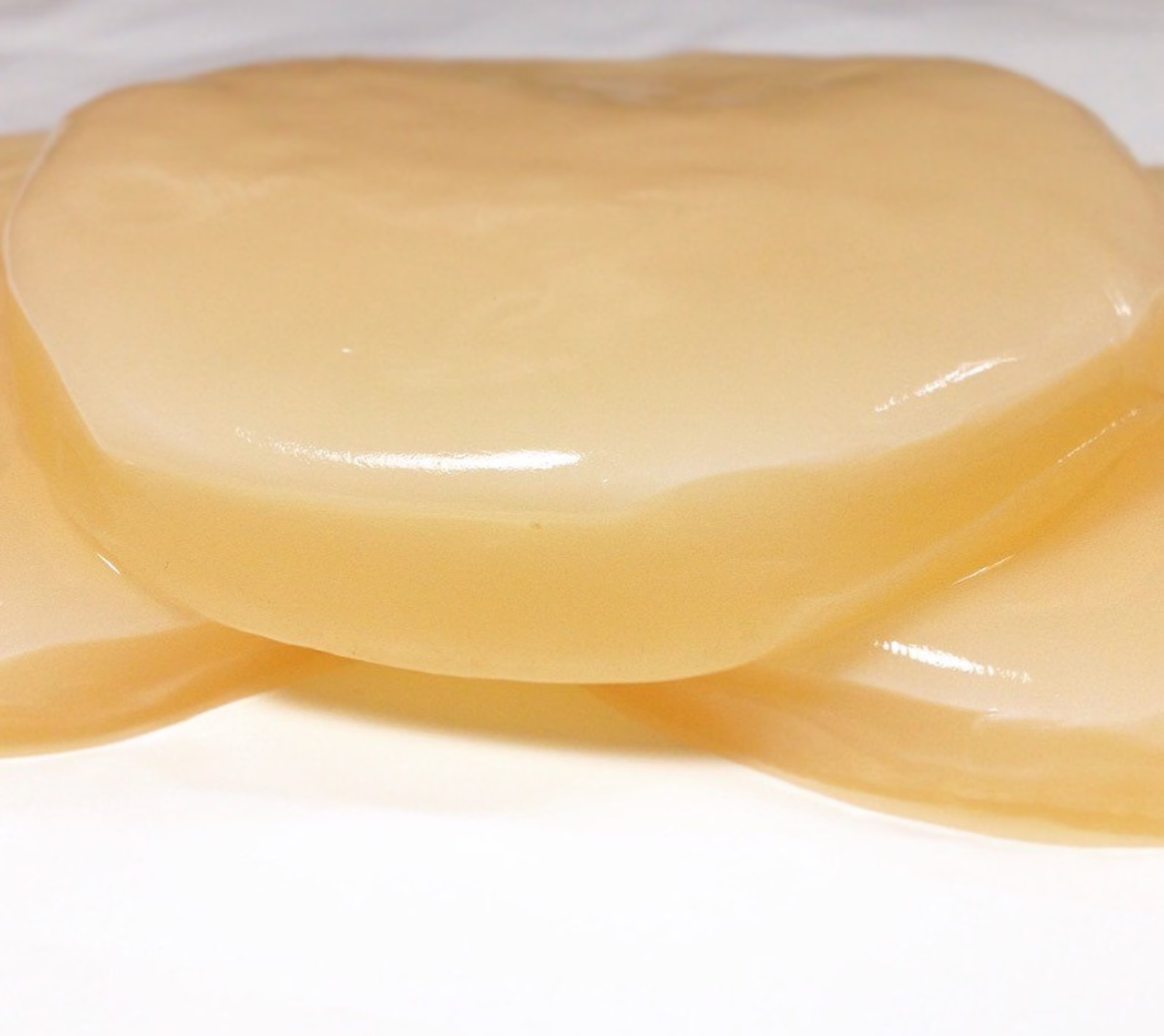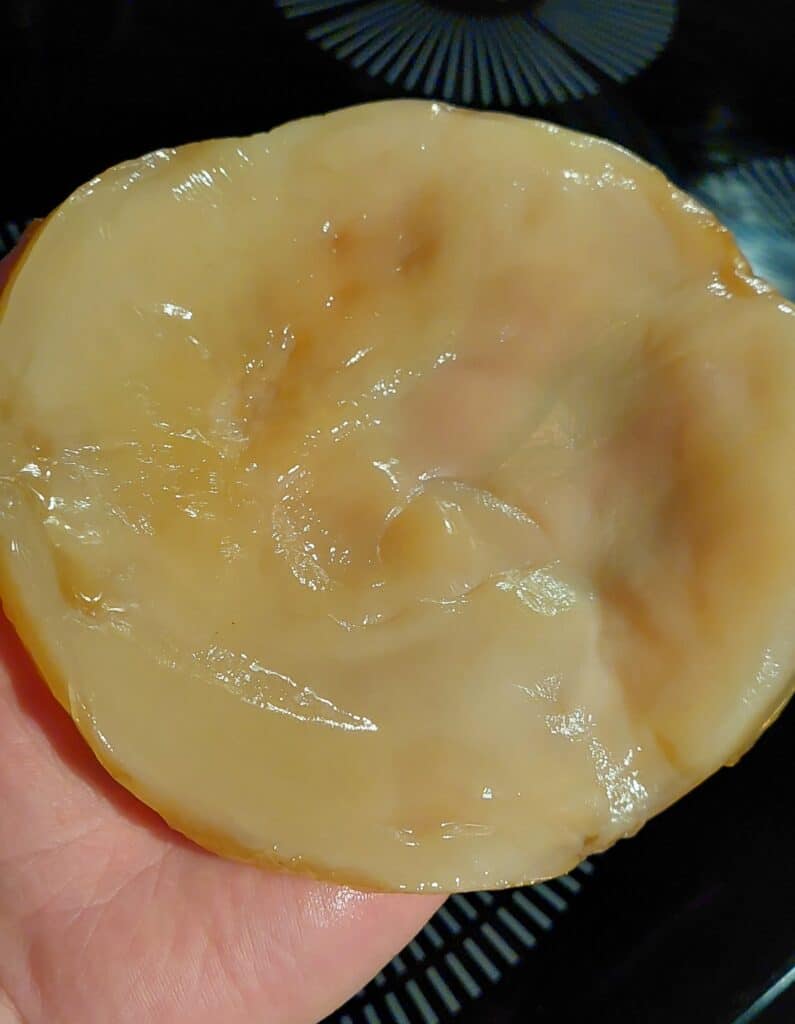Your cart is currently empty!


Super Scoby
For kombucha brewers like ourselves who’ve started home-brewing more than 5 years ago, to brew-masters who’ve been brewing their entire lives, a scoby is a revolutionary colony of bacteria and its discovery has been life-changing for many. Implementing it in the fermentation of tea has brought about wild success with the creation of kombucha. But kombucha and scoby have been around for thousands of years. Let’s take a brief look at the history of kombucha and the names given to scoby around the globe.
A scoby is a living and breathing ‘good’ bacteria, a “symbiotic culture of bacteria & yeast”. It needs oxygen, liquids like sweet tea, and proper temperature to survive. It feeds on caffeine, simple sugars, and loves getting nutrients from simple teas like black, green, oolong, white, and puerh, all originating from the camellia sinensis. It’s made up of billions of different bacteria like gluconacetobacter and yeast like candida kefyr.
The Origins of Scoby
To understand the origins of kombucha, we must first discover the origins of tea. A very long time ago in China, nearly 5 millennia ago in 2725 BCE., there is a legend about a man named Shen Nong, the “spirit farmer” of China. He’s said to have discovered the camellia sinensis plant that black, green, and oolong tea originate from. Henceforth tea was being produced and drunk.
Fast-forward to 221 BCE., where farmers in northern China and Korea found out sugared tea can be fermented using a scoby (where the first scoby possibly originated developing from the bacteria of a fly which landed in tea that was left sitting out, yuck!). They called it the “tea of immortality”. A Korean doctor named Kombu brought the kombucha idea over to Japan, where it found great success. Despite the word “kombu” meaning “kelp”, it pairs well with “cha” or the word for “tea”, hence the name “kombucha”.
From there, the popularity of kombucha grew widespread as the beverage was passed around different trade routes from Asia, Russia, India, Germany, Switzerland, and so on. That’s probably the most watered down and compressed history you’ll find about the origins of tea, scoby, & kombucha, but this isn’t a book and I’ve grown rather tired of talking about history. Let’s move on to something even more exciting, the names given to scoby around the globe!
What’s in a name? European Tour
Kombucha has had a far outreach over thousands of years. So naturally, every country would have their own name for a kombucha scoby. These names are often based on the look of the scoby, the health effects of kombucha, and where the culture originated. Let’s take a look at a handful, shall we?
Starting in Europe, we have England and the English names for scoby. These range from ‘bacterial cellulose’, ‘kombucha mushroom’, ‘kombucha sponge’, ‘miracle mushroom’, ‘magic mushroom’, ‘pellicle’, the one we’re familiar with; ‘scoby’, ‘tea fungus’, and my absolute favorite; ‘tea beast’.
Travel across the sea to France, and the French names for scoby include ‘champignon or elixir de longue vie’ which means ‘mushroom or elixir of life’, ‘champignon miracle/ de la charité’ or ‘miraculous/charitable mushroom’, and ‘petite mère Japonaise’ which roughly translates to ‘little Japanese mother’.
Move over to Italy, where the Italians called the scoby an ‘alga egiziana’ or ‘Egyptian seaweed’. Other names given include ‘alga del nilo’ otherwise ‘Nile river algae’, and ‘funko cinese’ or ‘Chinese fungus’. Spain has also named scoby ‘Hongo/ hongo chino’ meaning ‘mushroom/ Chinese mushroom’.
Finally we arrive in Germany. The Germans really couldn’t decide on a single name to give scoby, so take a look at the list. ‘Chinapilz’ and ‘Chinesischer teepilz’ roughly translate to ‘Chinese fungus/ tea fungus’. They also gave the names ‘Japanisher Schwamm’ and ‘Japanischer Teepilz’ which means ‘Japanese sponge/ tea fungus’’ as well as ‘Japanischer Mutterchen’ meaning ‘Japanese mother’. ‘Wunderpilz’ and ‘Zauberpilz’ also mean ‘wonderous/ magic mushroom’. There’s also ‘Heldenpilz’ which translates to ‘hero’s mushroom’, ‘Kombuchamost’ or ‘kombucha must’ (like wine must), and lastly ‘Gichtqualle’ meaning ‘gout jellyfish’, yuck! I think I like ‘hero’s mushroom’. There’s plenty more German names for scoby, mostly where the scoby originated from.
What’s that name? Asian Tour
We’ve taken a look at the strange and mysterious names the countries in Europe gave to their scobys. How do the countries of Asia identify scoby? No more different than the rest, really.
The Chinese named scoby ‘Haipao’ meaning ‘sea treasure’. They also give the name ‘Hongcha jun’ which translates to ‘red tea bacteria’. Thirdly, China has the simple name ‘Mogu’ meaning ‘mushroom’.
I couldn’t find too many names from either Japan or Russia, but I’ll name what they have. The Japanese name for scoby is read as ‘kocha kinoko’ which means ‘red tea mushroom’ almost the same as China’s ‘Hongcha’. Russia has a couple names for scoby; ‘Cajnyj grib’ meaning ‘tea mushroom’, and ‘Japanskij grib’ or ‘Japanese mushroom’.
Takeaway
There are so many names you can give scoby. The world has already done it, and there seems to be a pattern of the names between all the countries. The name of the country that brought over the scoby (or whimsical words like ‘wondrous’ or ‘magic’) , followed by ‘Mushroom’, ‘Tea’, ‘Sponge’, or ‘Fungus’ is common among most countries in the world. And they’re not necessarily wrong; a scoby is bacteria that does kind of look like the head of a mushroom. It is fermented in tea and the health benefits do make it seem magical and wondrous in its own unique way.
I hope you enjoyed reading through the little history lesson, as well as learned a few interesting facts about kombucha and scoby. You have to admit some of the names countries all over the world have given scoby are funny, unique, cool, and creative. If that got you interested in trying the drink for yourself, we at Bucha Bros LLC proudly serve the historic beverage. Thanks again for your support.
Source:
Crum, Hannah, and Alex LaGory. The Big Book of Kombucha: Brewing, Flavoring, and Enjoying the Health Benefits of Fermented Tea. Storey Publishing, 2016.
Creative, Vox. “2,000 Years of Kombucha: A Very Brief History of the World’s Favorite Fermented Drink.” Vox, Vox, 28 Jan. 2021, www.vox.com/ad/22254499/history-kombucha-gt-dave.

2 responses to “Scoby, The names and Origins”
Ryan, Thank you for the SCOBY history. Is there a “breed” or variety of SCOBY that is adapted to yaupon tea? Any help is appreciated.
Hello Miko!
Yes, yaupon tea can absolutely be used for brewing kombucha, as it contains the necessary nutrients, including caffeine, for the SCOBY to ferment and produce a flavorful, fizzy beverage with a unique, smooth, and creamy texture due to its higher saponin content compared to other teas. Many brands already use yaupon as a kombucha base, and its natural benefits like antioxidants and theobromine offer a healthy and energizing drink. I can’t find any specific information about specific scobys with this tea, however a standard organic scoby with starter liquid should suffice with this tea type.